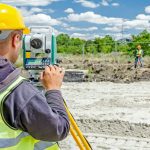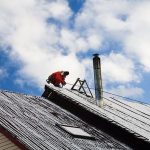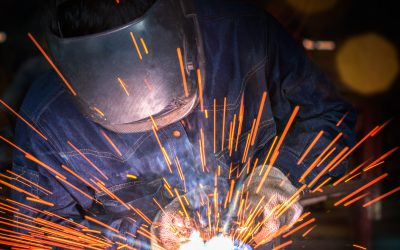Stud welding guns can really take a beating on some jobs. These jobs may be big products such as ship building or bridge or high rise development projects where the stud welding systems are in constant use.
However, even smaller types of projects can be very hard on equipment. This is true for the fixed mount guns used in automated types of fabrication and manufacturing processes as well as for those used by operators working on fabrication lines or in creating custom projects such as HVAC systems.
Recognizing the signs of wear and tear on a stud welding gun are important. Knowing when to repair components of the gun or when to upgrade to a new replacement will also be essential to providing the best quality stud welds on any project.
Weld Irregularities
With the larger diameter studs used with the stud welding gun in drawn arc stud weld systems, irregularities in the weld can be easier to spot. Inconsistencies in the weld collar once the ferrule is removed can often be easily spotted as gaps or clumps of material around the base.
Not all weld irregularities are a result of a failing stud welding gun. In some cases, it is the operator settings that are not correct for the weld stud and the base material. Verify all settings are correct before assuming it is the weld gun itself that is the problem.
Repair or Replace?
All equipment has a life cycle that is typical for the use and the model. In general, the closer the weld gun is to the end of the life cycle, the less feasible paying the cost of repairs will be over the long run.
Upgrading to the new stud weld guns on the market can also help in limiting the number of settings the operator has to complete while boosting speed and performance. These factors can make a replacement the best cost option, but it is often a balance based on age, typical use and overall budget.






